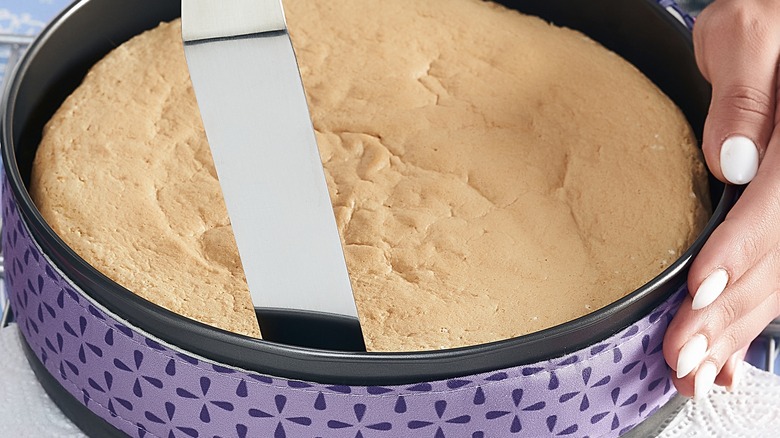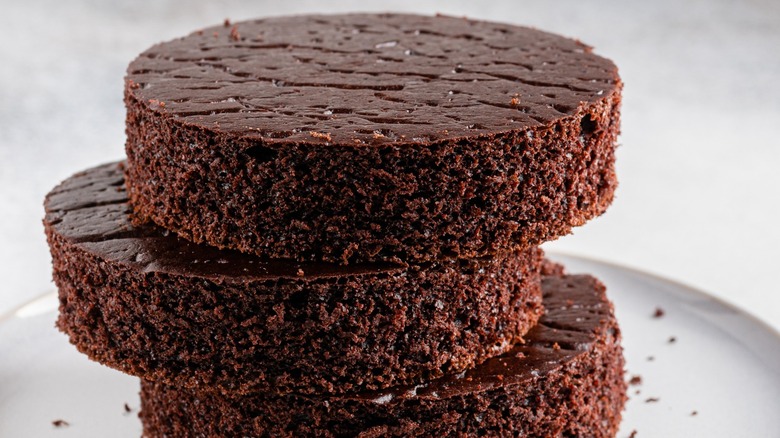Baking a flat cake is an art that many home bakers aspire to master, especially when creating layer cakes. Despite meticulously following recipes, sometimes the end product still domes or cracks, rather than sitting perfectly flat on the plate. But guess what? The culprit may just be the temperature of your oven, and adjusting this one element can lead to significant improvements in your baking outcomes.
Most recipes recommend setting your oven to around 350 degrees Fahrenheit, a standard temperature that works well for a variety of cakes. However, the exact temperature inside your oven may not match the setting you’ve selected due to aging elements or inaccurate thermostat calibration. This discrepancy can affect how your cakes bake, leading to uneven rises and those frustrating domes. The solution? Reduce the temperature to 325 degrees Fahrenheit.
The logic behind turning down the oven temperature is straightforward. When the oven is too hot, the outer edges of the cake set quickly while the center remains liquid and continues to rise. As the edges become firm, they can no longer expand, forcing the uncooked center to push upwards and create a dome. By reducing the oven temperature you slow down the baking process, allowing heat to distribute more evenly throughout the cake ensuring it rises uniformly. Keep in mind that this minor adjustment means the cake will need to bake slightly longer, but it’s worth the wait.
Another way to lower the baking temperature

While turning down the oven’s heat is a straightforward method to achieve flat cakes, there’s another innovative technique with a similar approach, but instead of reducing the ambient temperature in the oven’s cavity, you’re decreasing the heat directly on the pan. This method involves using baking strips.
Baking strips are fabric bands that you soak in cold water and wrap around the outside of your cake pan when preparing your pan for baking. Once dampened, the wrap cools the edges of the cake pan, thus slowing down the baking process at the periphery. Usually, part of the reason the outer parts of a cake set faster than the center is because they’re in direct contact with the hot metal of the pan, leading to quicker cooking and, consequently, a dome-shaped cake.
By insulating the sides of the pan with the damp baking strips, the temperature is equalized, allowing the entire cake to rise at the same rate, and therefore stay level. It’s a simple yet ingenious way to refine your baking technique and achieve professional-quality results at home. So, the next time you set out to bake a cake, whether you choose to turn down the oven heat or use baking strips, get ready to enjoy the satisfaction of achieving that much-desired flat top for the perfect decoration or layering you have in mind.







